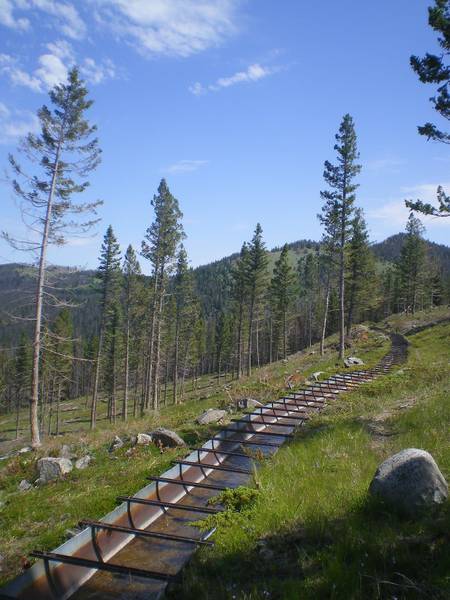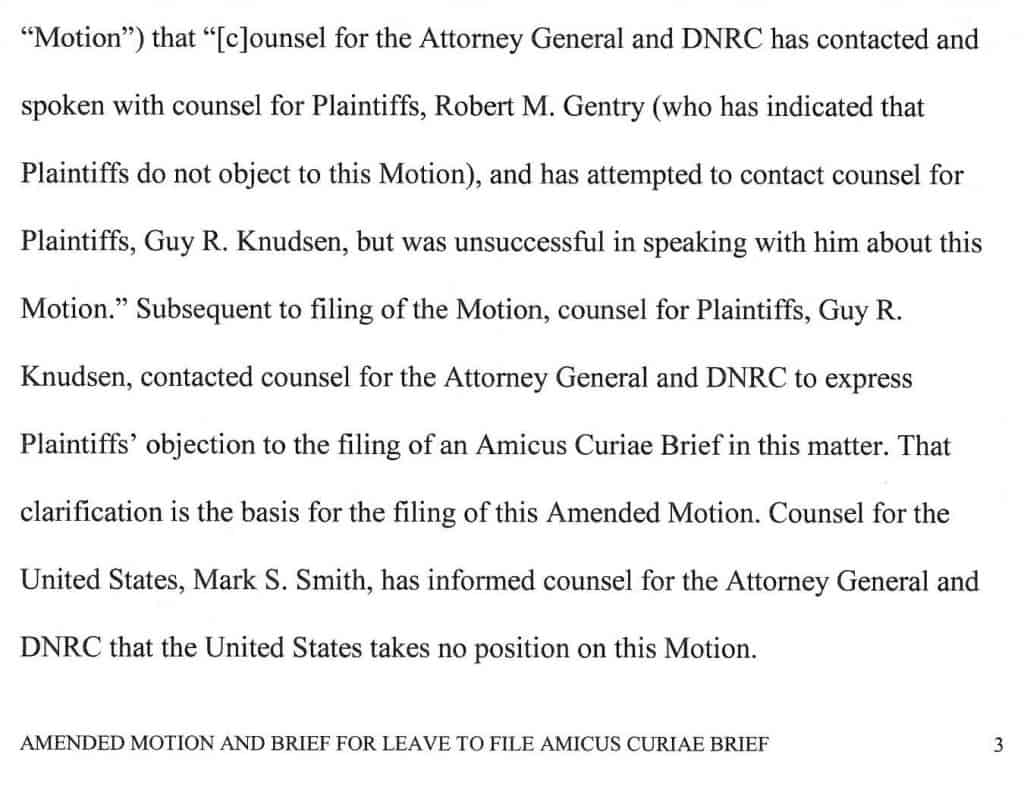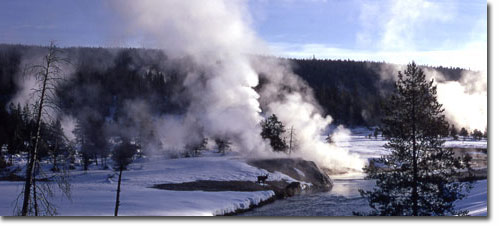This story reminded me of that use of this term:
The County Commission passed a resolution officially requesting the forest service immediately cease actions it has been taking since 2013 pertaining to grazing on Dixie National Forest.
The forest service actions protested include the gathering of data, conducting studies and preparing reports without the county’s involvement. The resolution further protests a cooperative relationship the forest service has engaged in with Grand Canyon Trust Inc., which the commission and the Utah Association of Counties maintain constitutes an improper relationship with nongovernmental organizations, or NGOs.
In its resolution, the County Commission “respectfully requests” the forest service discard any data, studies and reports prepared without notice and involvement of the county since 2013 and that the service coordinate with Washington County in any future action from the outset.
An undated letter from Mark Ward, senior policy analyst and general counsel for the Utah Association of Counties, (responding to an Aug. 18, 2014, forest action), supports and is made a part of Washington County’s resolution. In his closing, Ward wrote to the supervisors of Dixie National, Fishlake and Manti-LeSal forests, all affected by the Aug. 18 action: ‘Forest Service should scrap the FS Initial Review, start over and next time, integrate NEPA (National Environmental Policy Act) into the process. After all, it is the stated policy of Forest Service to ‘fully integrate NEPA requirements into agency planning and decision-making,’ … and ‘apply (NEPA procedures) to the fullest extent practicable to analyses and documentation of Forest Service actions …’
NEPA doesn’t apply until you have an ‘action’ to propose, and the NEPA process is supposed to encourage review of the data used in evaluating the action (regardless of its source). The cash-starved government is always looking for help in collecting data. Is there a problem with this approach?



